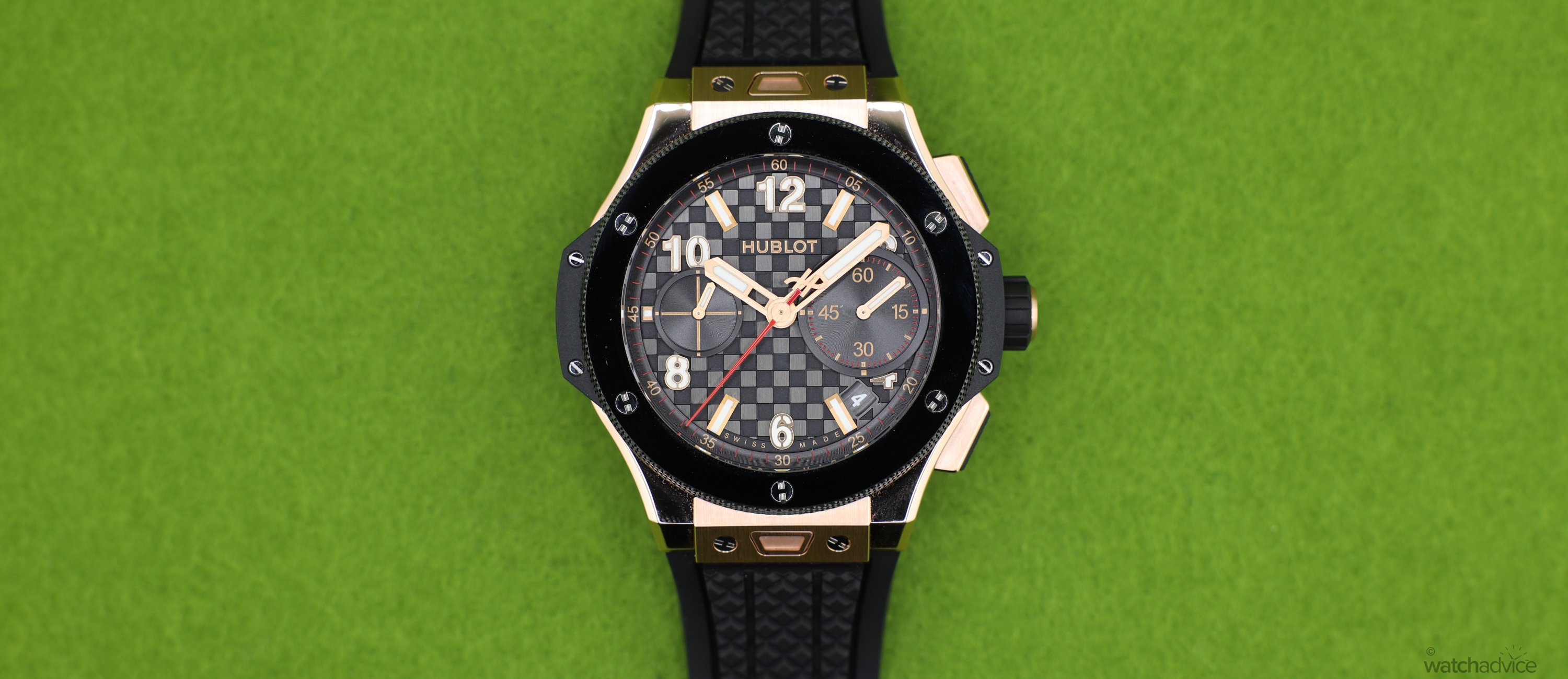The world is changing, and so is luxury. This means the luxury watch world is, too. And at the front of the pack? Who else, but Hublot!
Last week, I visited the Hublot boutique in Sydney to pick up some watches that we’ll be reviewing shortly. Whilst in there, we were talking to James, the boutique manager, and he mentioned that so far, it seems the boutique is having a good year in what is a bit of a slower year for many other brands. As it was just a passing comment in the normal small talk of, “How are things for you guys?” it got me thinking and looking into the company reports across the watch industry’s big three corporates – that is LVMH, Richemont and Swatch. When it comes to the LVMH group, according to its interim report for the 30th June 2025, the luxury watch and jewellery division is holding steady compared to this time in 2024. Now it doesn’t break down financials by brand, but it seems across the board, its watch brands are holding steady. From where we sit, over the past couple of years, Hublot has been having a bit of a renaissance of sorts.
When it was announced that long-time CEO Ricardo Guadalupe would step down in September 2024 and take more of a figurehead type role, Honorary President, it marked the end of an era in the company. But as they say, when one door closes, another opens, and through this open door walked Julien Tornare, fresh from a short stint as the CEO of TAG Heuer and, more notably, leading the charge at Zenith for many years. Personally speaking, I always felt that Julien was more suited to Hublot than TAG Heuer, so this was a good move on behalf of LVMH. With this new leadership, Hublot had a bit of a renewed spark; not only this, but the brand could continue to build upon the legacy of Ricardo from the 12 years prior.
After speaking with Julien at Watches & Wonders this year, he reiterated that the brand would continue to innovate, look back to some of their large successes over the years and with this year being the 20th Anniversary of the Big Bang, we could expect some great new models to come out, all the whilst refining their collections to be more inline with the 2025 buyer. So far, it seems that this is holding true. The new Big Bang Original 20th Anniversary Collection was a great way to celebrate the iconic Big Bang, combining the old school look with the modern in-house Unico flyback chronograph movement. A suite of new sapphire and ceramic pieces in an exclusive “Materials & High Complications” set was a great way to pique collectors’ interests, as was the set of 5 coloured sapphire Big Bang Meca-10 pieces. All of this was after Hublot’s showing at LVMH Watch Week, where they released the new look and slimmed down Meca-10 collection and a trio of coloured ceramic Spirit of Big Bangs.
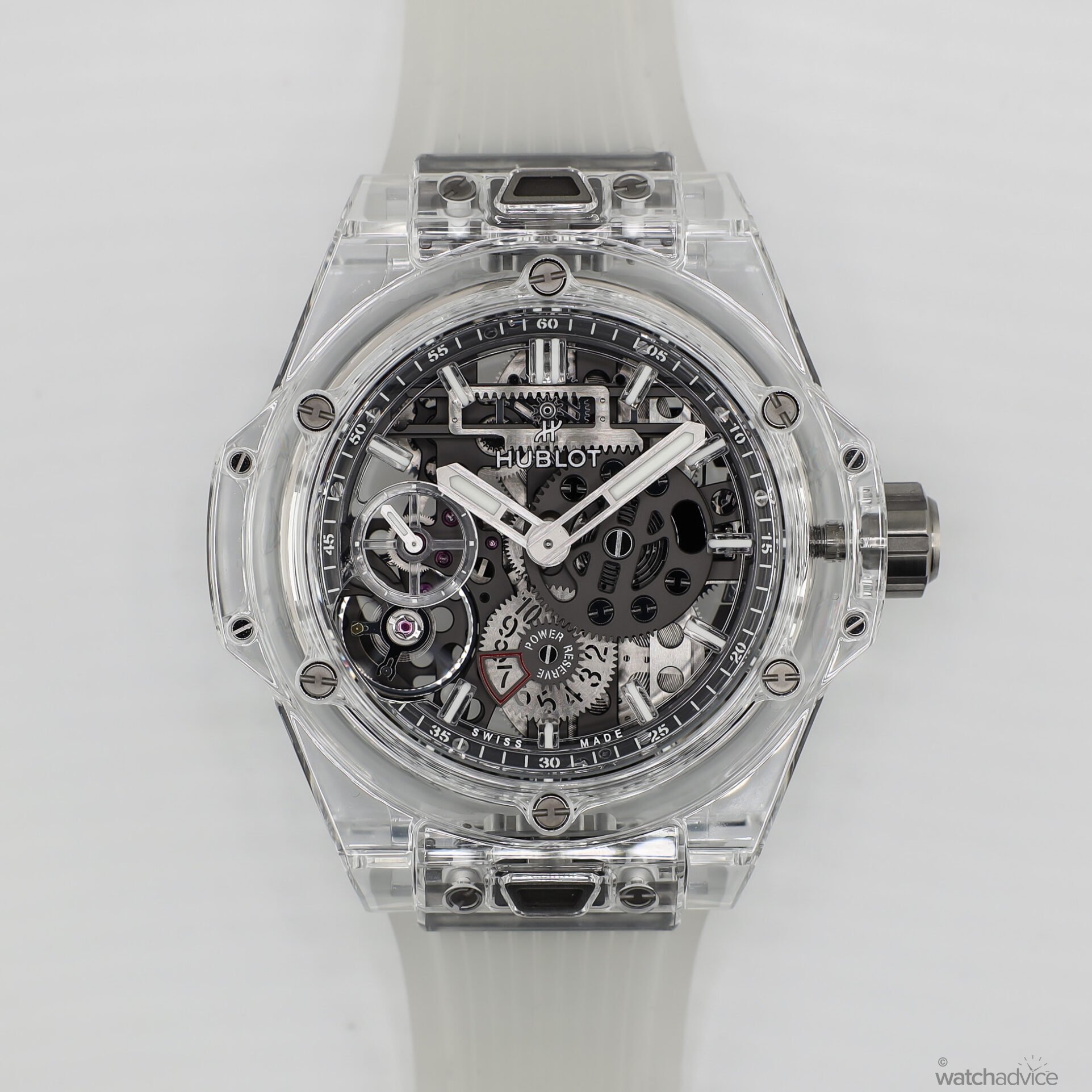
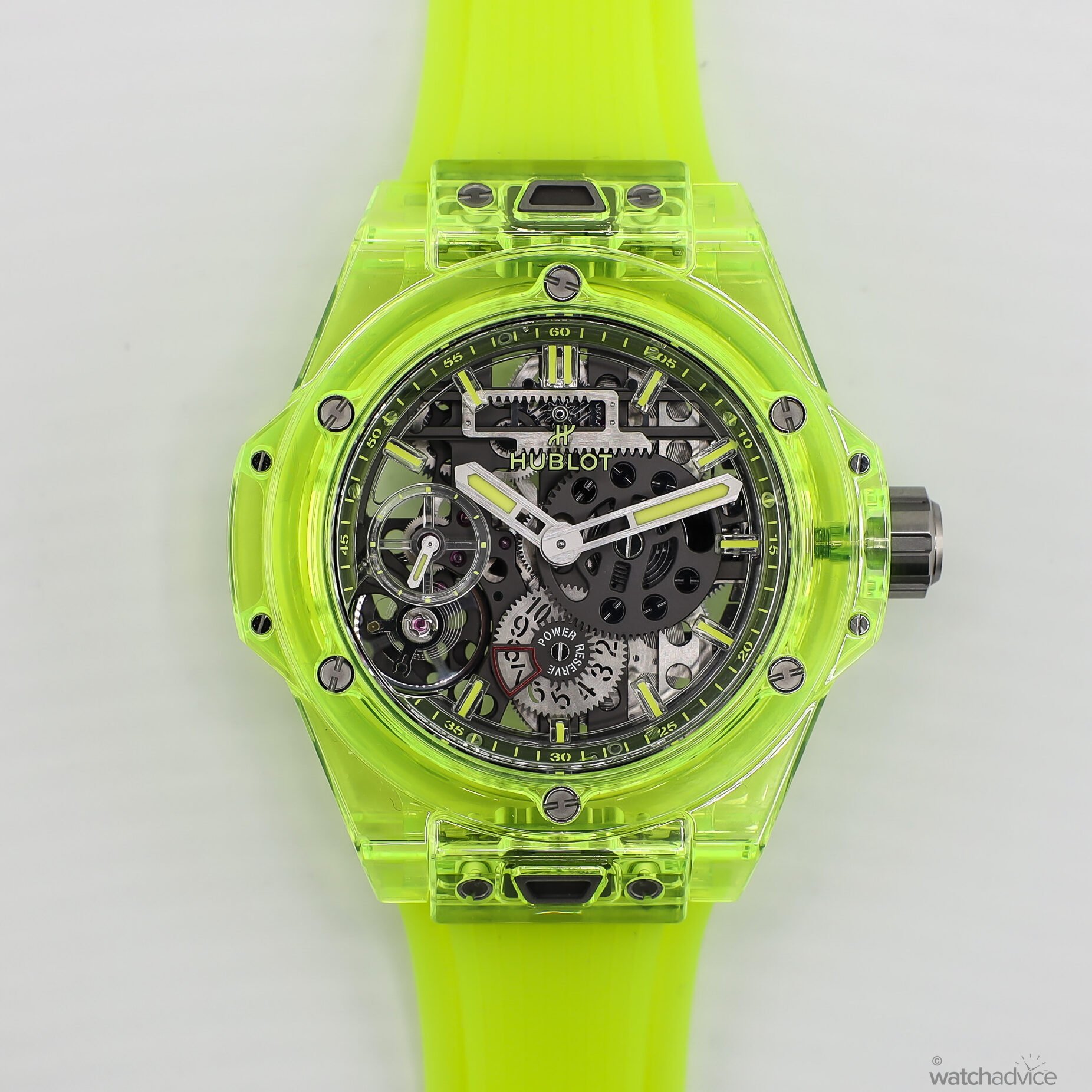
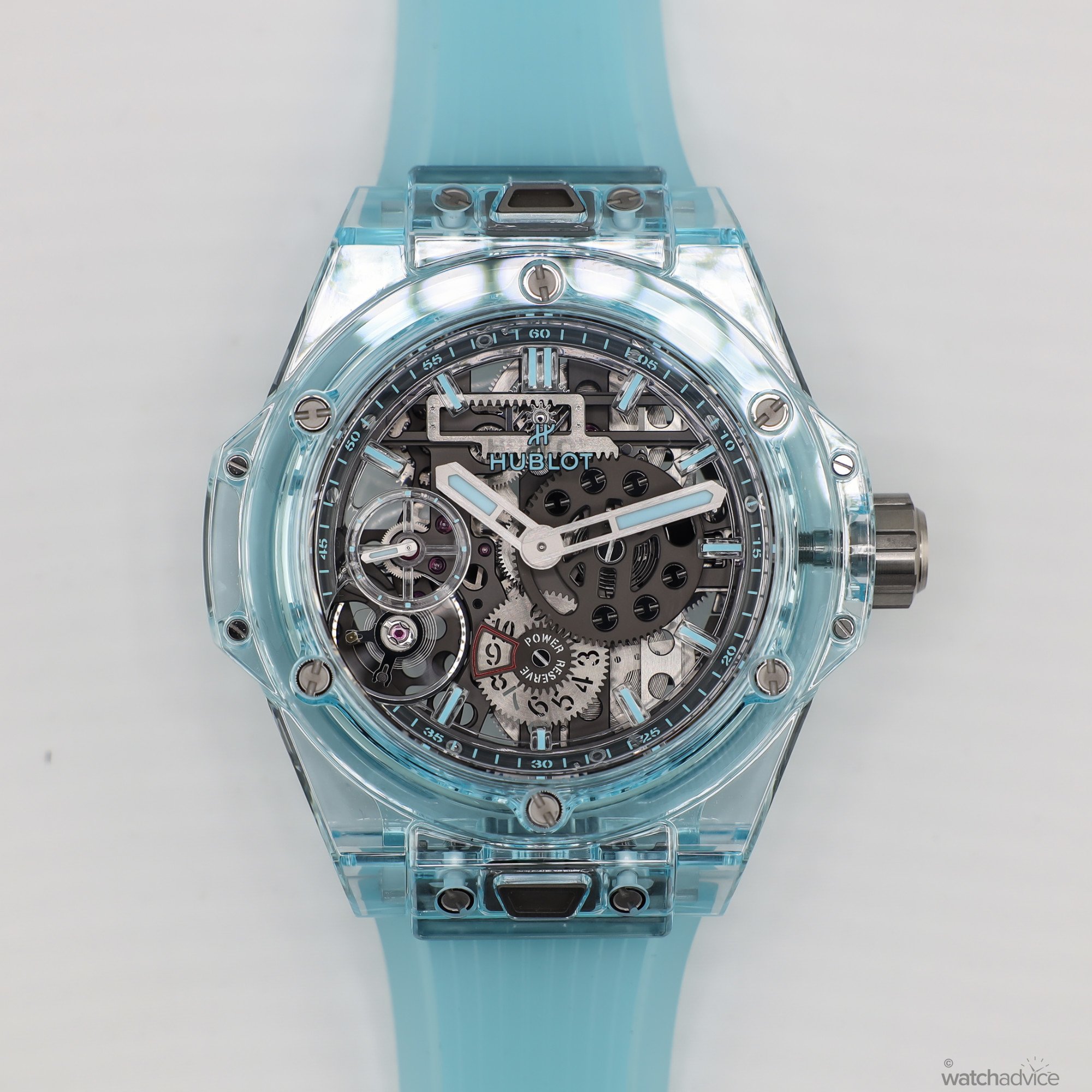
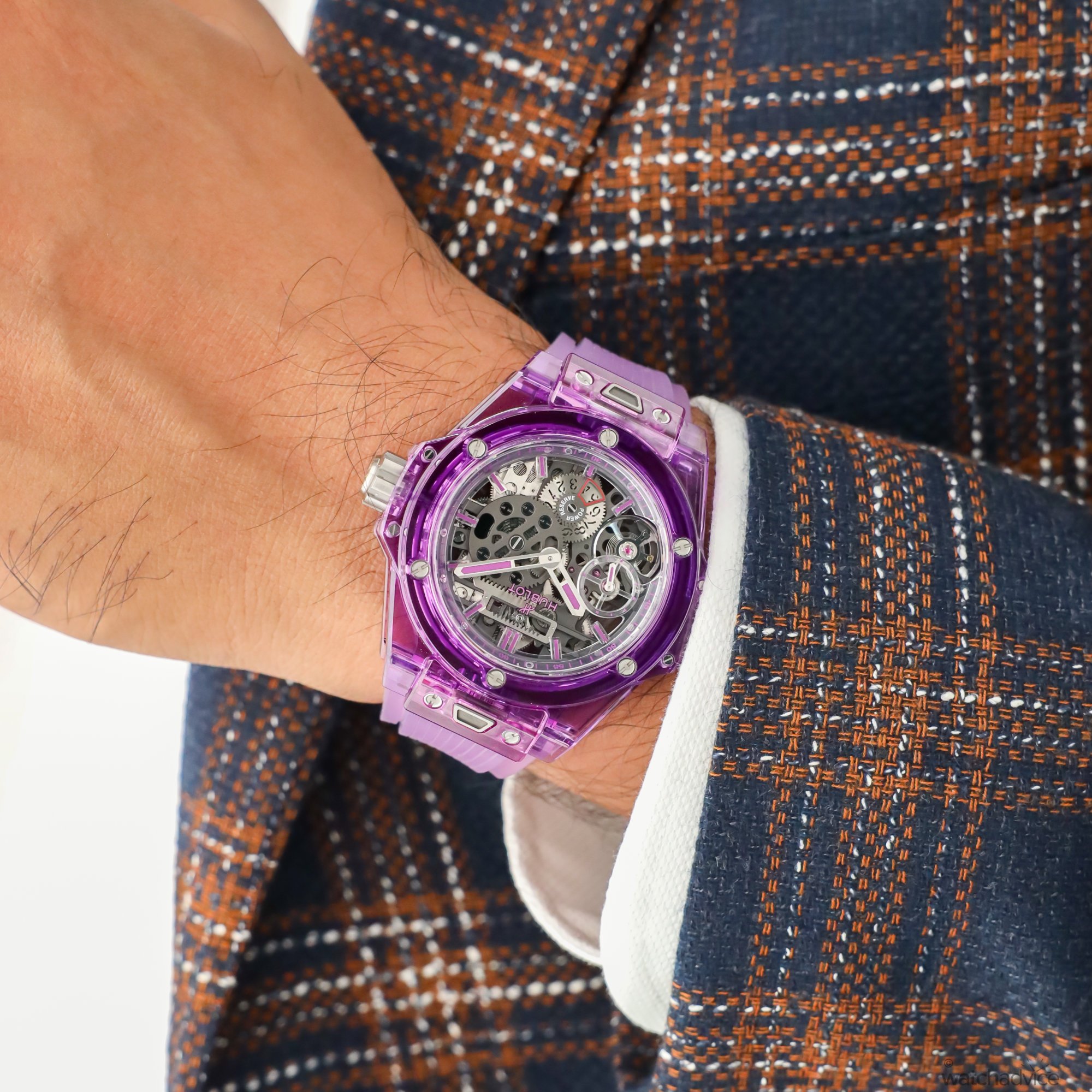
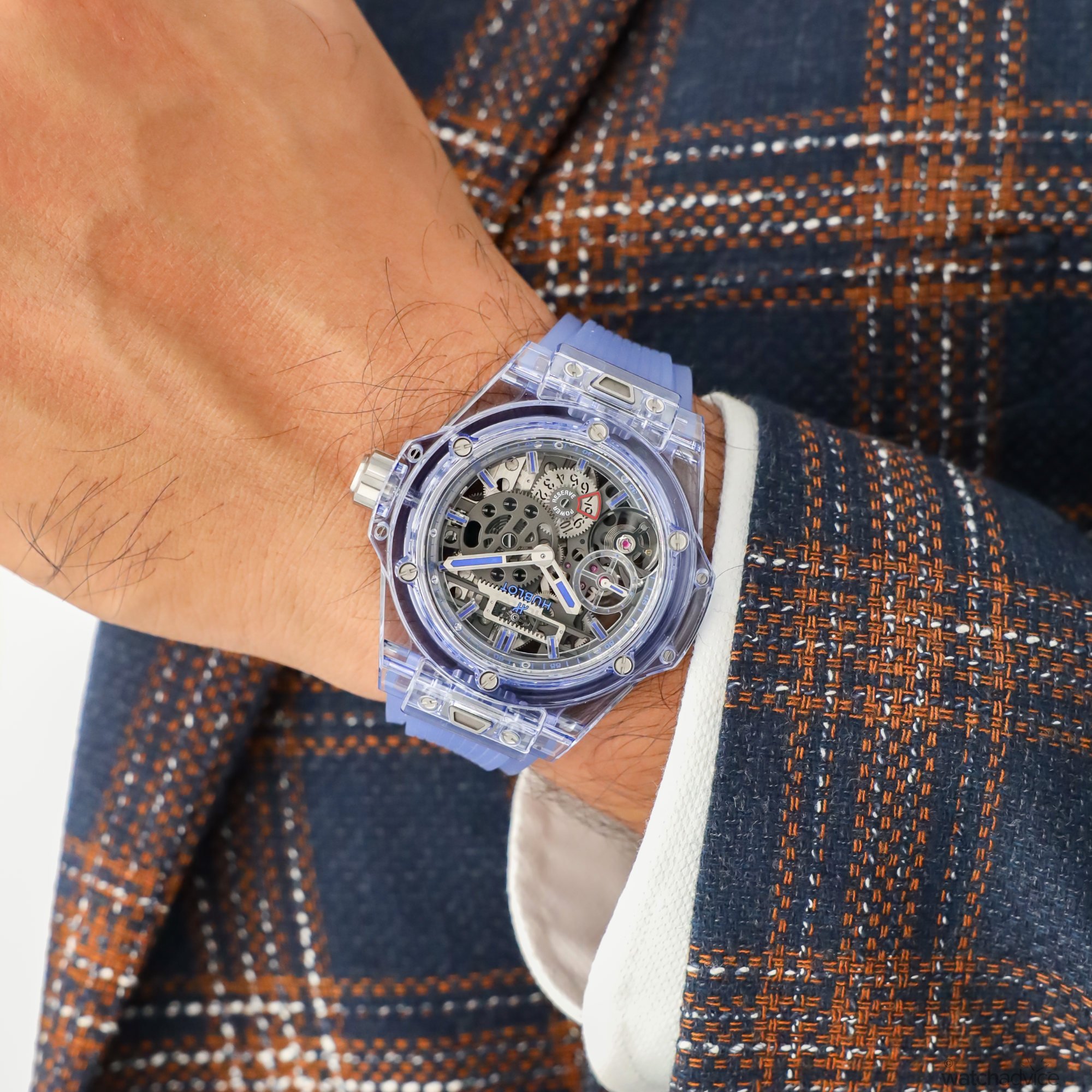
Having played with these in person, combined with what we have learned from visiting the Manufacture several times, it has reinvigorated that kid-like spark I once had as a much younger version of myself – the version who loved Hublot without knowing much about the brand, only that they looked super cool. And this brings me back to the theme of this article. Hublot is a brand that is changing the face of luxury watches.
A New Kind Of Swiss Luxury
Say what you want about Hublot, we all know it has both its lovers and haters, but whatever you feel about Hublot, the one undeniable thing is that the brand is doing its own thing, its way and through smart partnerships and ambassadors, is widening its appeal through the arts, culture and sport. And as we have mentioned in previous articles, as well as to Ricardo and Julien when speaking to them, Hublot is just 45 years young, so it has no historical or heritage constraints to conform to, its only limitation is people’s imagination (if you don’t worry about time or money!). Expanding on this statement, can this be one of many definitions of luxury?
When we think of the Swiss watch giants, the likes of Rolex, Patek Phillipe, Audemars Piguet, Vacheron Constantin, etc, all these have over 100, 150 or with Vacheron, 270 years of history. With this history and heritage comes expertise, know-how, and brand equity. But it also comes with tradition and heritage, which are both good and bad in some ways. I, for one, love it when a brand has a rich heritage it can draw on for its watches and fuse the modern materials and technology with vintage charm and historical design cues. But this can also constrain creativity and forward thinking as well. It is a double-edged sword. Hublot doesn’t have this, and just like time and freedom are the new luxuries in our personal lives, so can be said about the watch world.
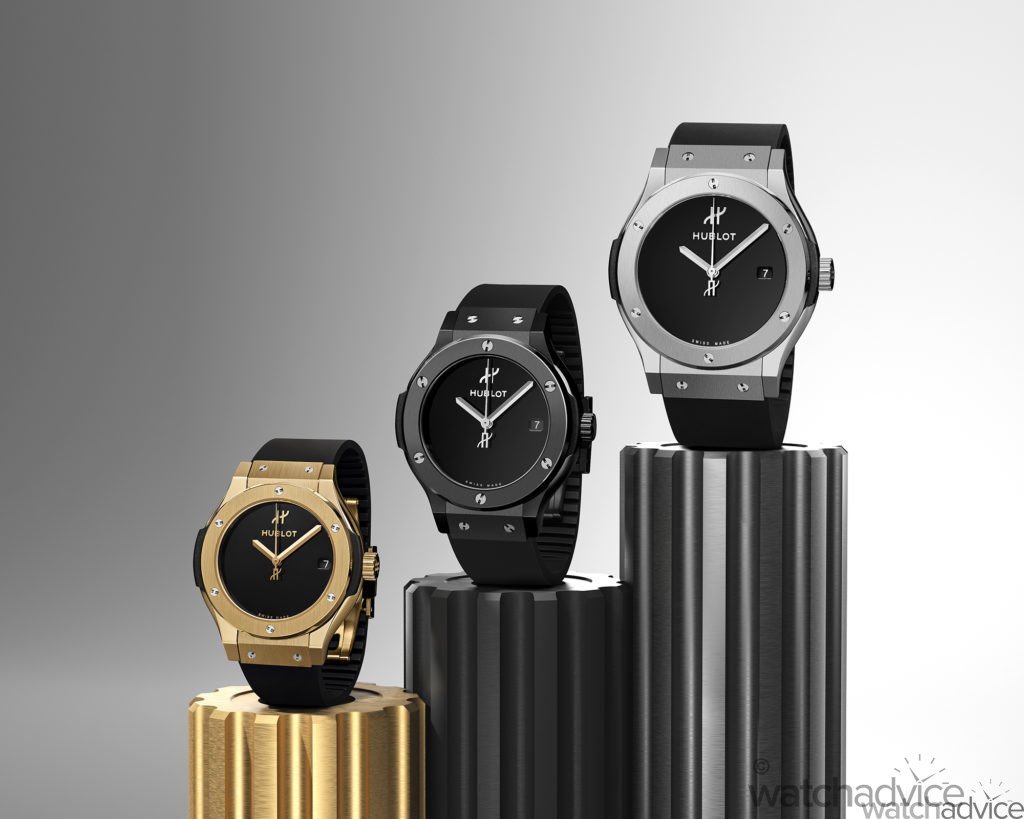
So how does a brand that was founded in 1980 by Carlo Crocco go from a watch start-up to a major player in the industry today? Put simply, by doing what no other brands would or could. Break the boundaries and the norms, and infuse creativity into the watches to appeal to a new kind of luxury watch buyer. “The Art Of Fusion” was the mantra, and this allowed Hublot to play with designs and materials. Back in 1980, it was kind of taboo to place a rubber strap on a gold watch. But that is what Hublot did, unbeknownst to it then, it was way ahead of its time. Nowadays, all the major luxury watch brands are putting rubber straps on precious metal watches thanks to the versatile nature of rubber, not to mention its durability and comfort on the wrist.
While the brand had some success in the 1980s and 1990s, it wasn’t until 2004 when Jean-Claude Biver came into the picture that Hublot started to gain momentum. Jean-Claude Biver was, and still is, a little bit eccentric, but like all geniuses, you have to have a little bit of crazy to succeed. He doubled down on the brand’s mantra “The Art Of Fusion”, and like any good tag line, it could mean different things. Fusion for him wasn’t about just putting rubber and gold together; it was a design philosophy Hublot could experiment with, taking inspiration from anywhere and anyone. It wasn’t hemmed into a rigid design ethos. It was free to do what it wanted – to create watches that were bold and different, which appealed to people who wanted to stand out from the crowd.
Tapping Into Modern Culture
When it comes to luxury and fashion, there are two ways to stay relevant. The first is to create timeless products that transcend trends over the decades. These won’t date very easily and will look essentially the same today as they did 20 years ago, and will 20 years from now. Unfortunately, this is very hard to do and not many succeed, which is why reissues and recreations in the watch world are so common. They’re modern interpretations of a classic, and in the case of recreations, tapping into the zeitgeist of the now and bringing back something buyers and collectors will appreciate from a certain time period. The second is by tapping into modern culture, but not in a collector trend way. By this, I mean looking at what people are into in today’s world and the many subcultures that run underneath, and finding ways to fuse these into your products. This is what Hublot does very well, another way it interprets “The Art Of Fusion”.
There is a lot the luxury market can learn from street culture and vice versa. 50 years ago, if a luxury brand took lessons from the street culture of the time, it would not have survived. Times were very different. Today, thanks to cashed-up Millennials who have grown up surrounded by pop culture and subcultures, luxury brands that tap into this, using similar tactics to streetwear brands and fashion, can do very well. Even older traditional brands like Audemars Piguet are doing this, following in the footsteps of the path Hublot has laid down. And how do you connect with these people? Look to their interests and create collaborations that speak to them, their interests and personalities.

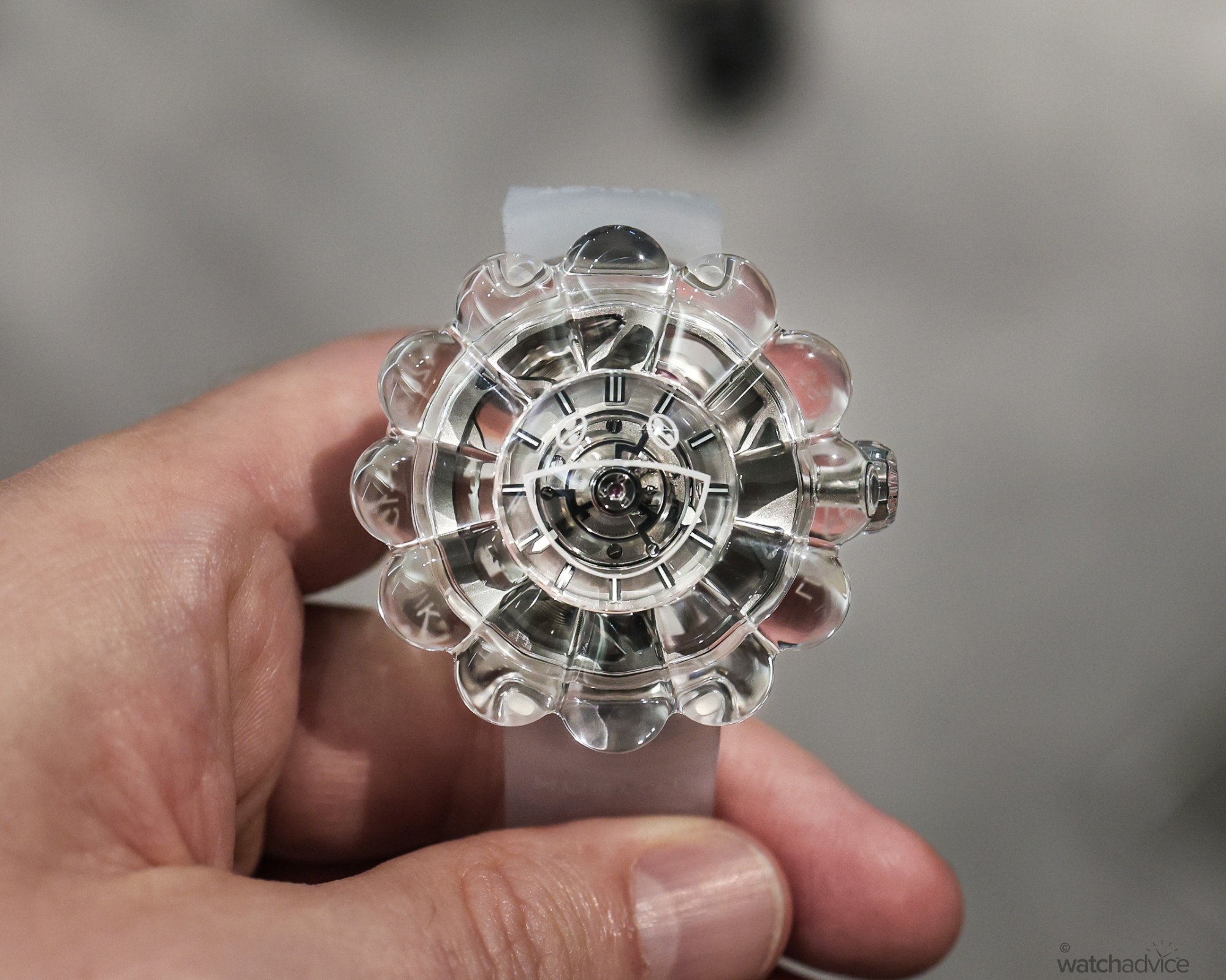
Hublot has done this exceptionally well through its use of ambassadors across sport, art, street culture and food. From the more mainstream sports partnerships, such as football through UEFA, the World Cup, stars like Kylian Mbappe, through to tennis with Novak Djokovic and growing sports such as UFC and new Hublot ambassador, Alexander “The Great” Volkanovski, Hublot seems to have its finger in many pies. It also has ties to sailing, golf, equestrian and athletics. If you’re into sports, then chances are Hublot has tapped into one of your interests.
Outside of sports, Hublot has worked on changing its reputation and extending its impact into other areas in the arts, lifestyle and music sectors, partnering with chef’s like Clare Smyth or Anne Sophie Pic, cigar afficianados with Arturo Fuente and artists such as the afforementioned Takashi Murakami, contemprary artist, Daniel Arsham and fashion and industrial designer, Samuel Ross.
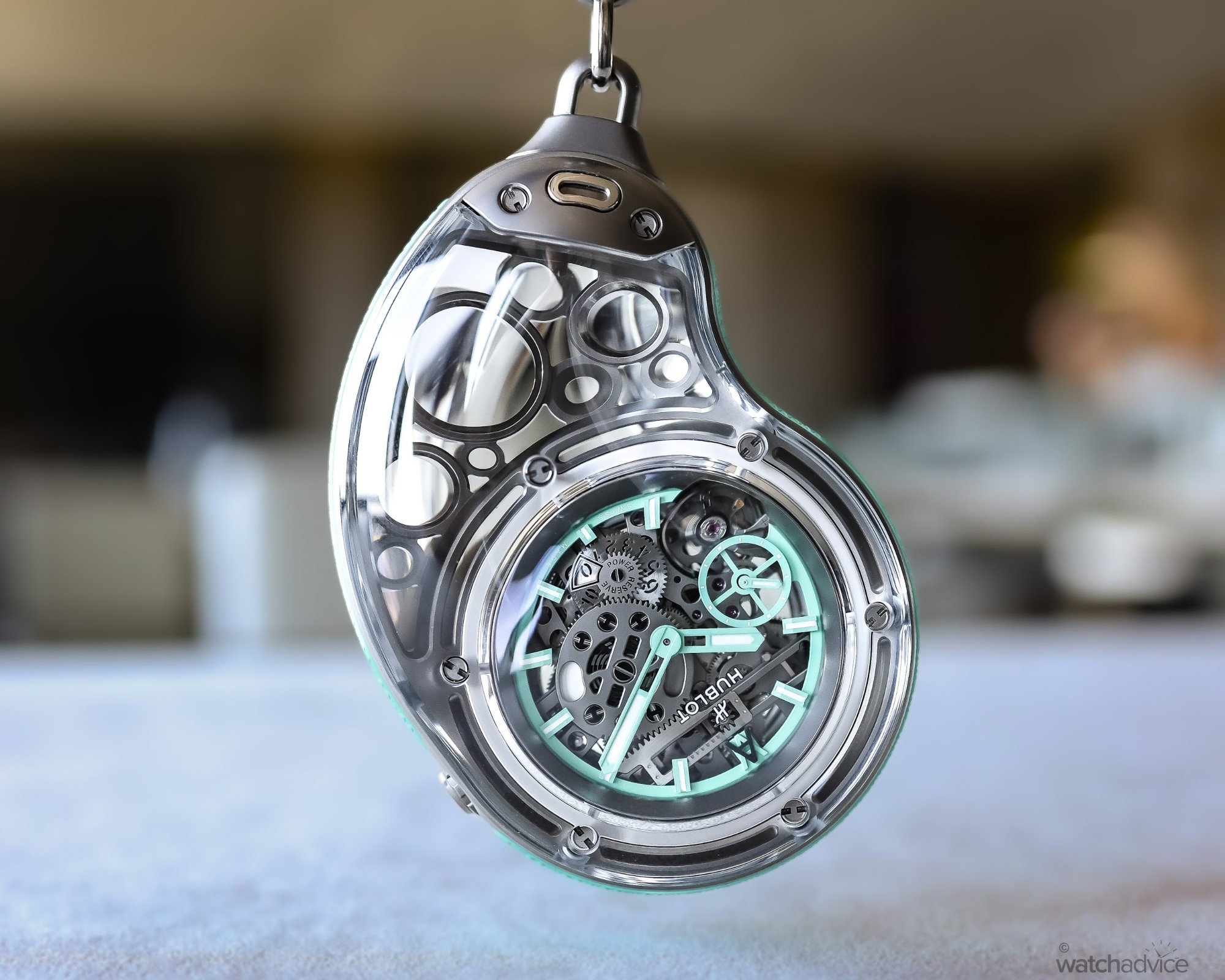
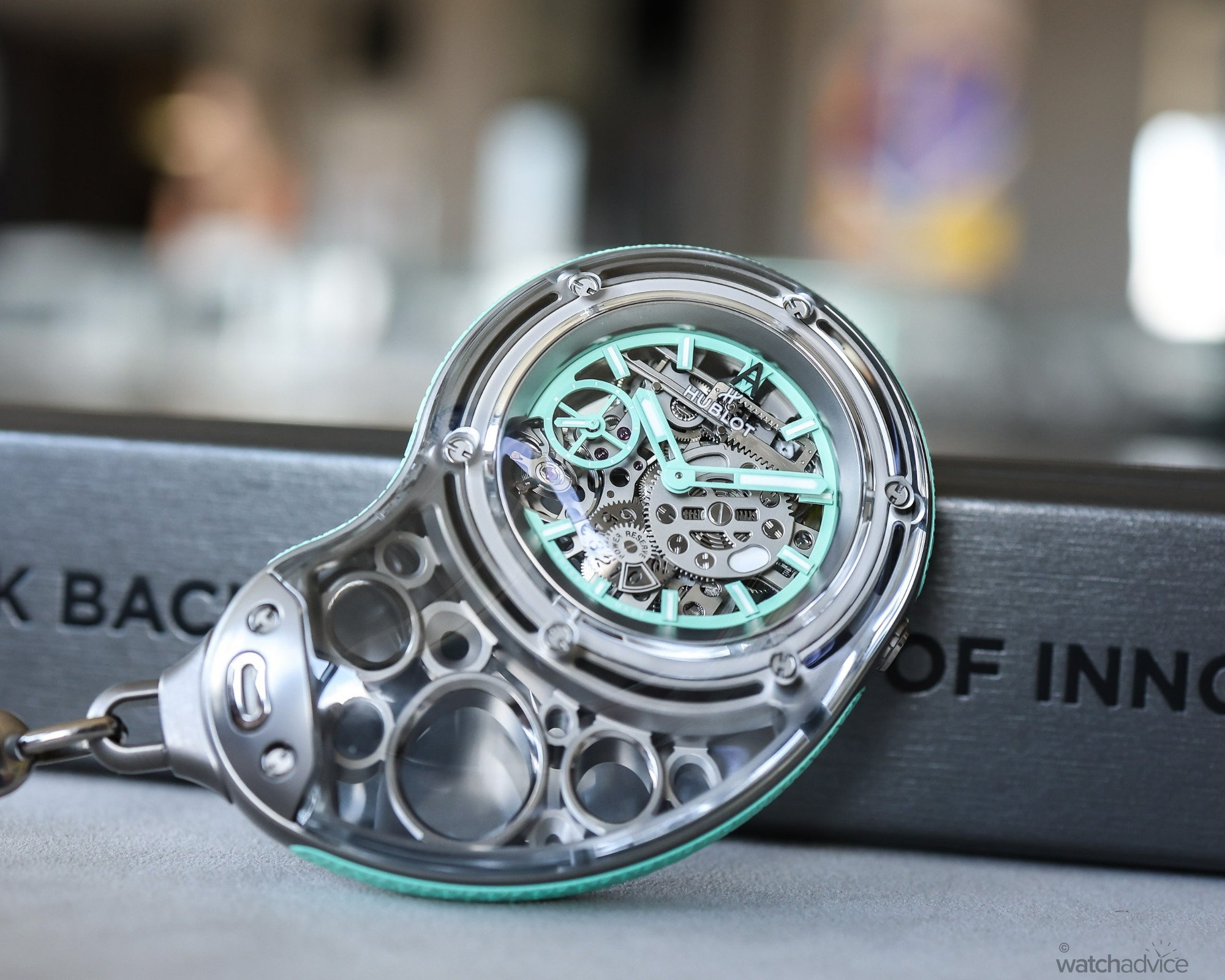
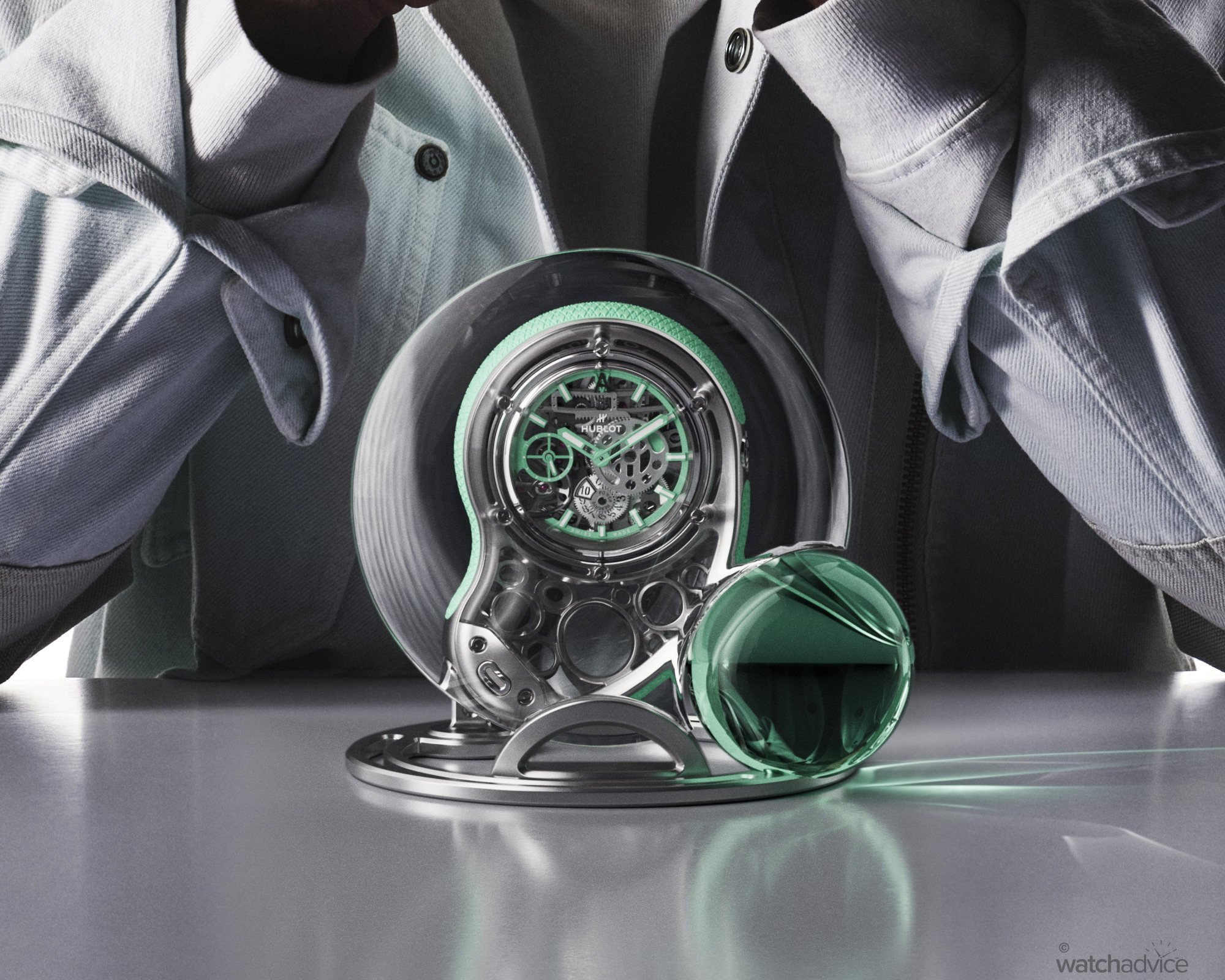
The collaborations that Hublot do are true in the sense of the word. Unlike other brands that add colours, logos, patterns, etc to existing pieces, the lack of boundaries that comes from being a young brand without 150 years of heritage means that Hublot can give creative freedom to those who co-design pieces. Pieces like the Arsham Droplet above, which uses the Meca-10 movement in a free-flowing shape typical of Daniel Arsham’s work, and is three pieces in one: A desk clock, pendant and pocket watch. Each watch Hublot creates with those artists brings to life their creativity in watch form like no other!
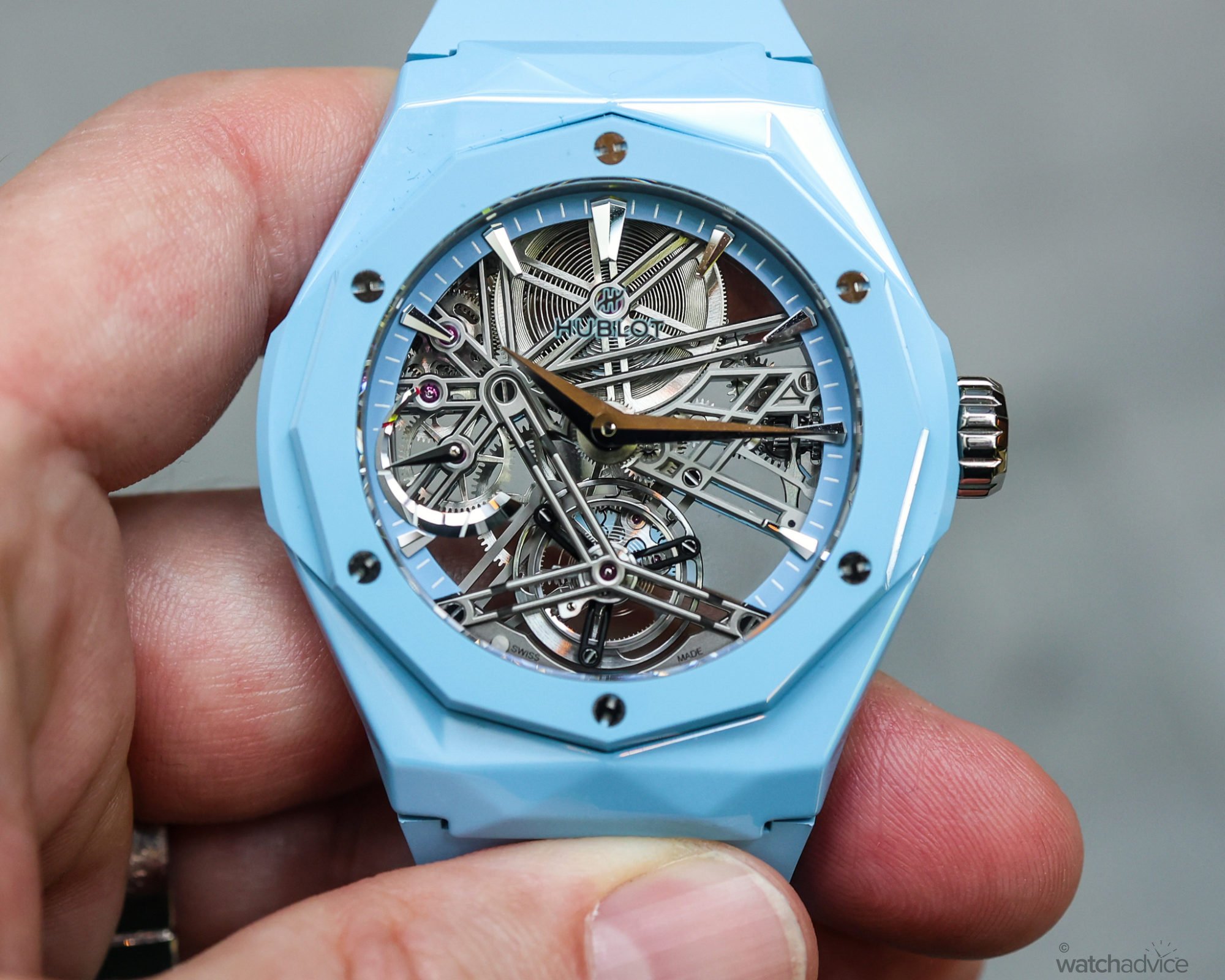
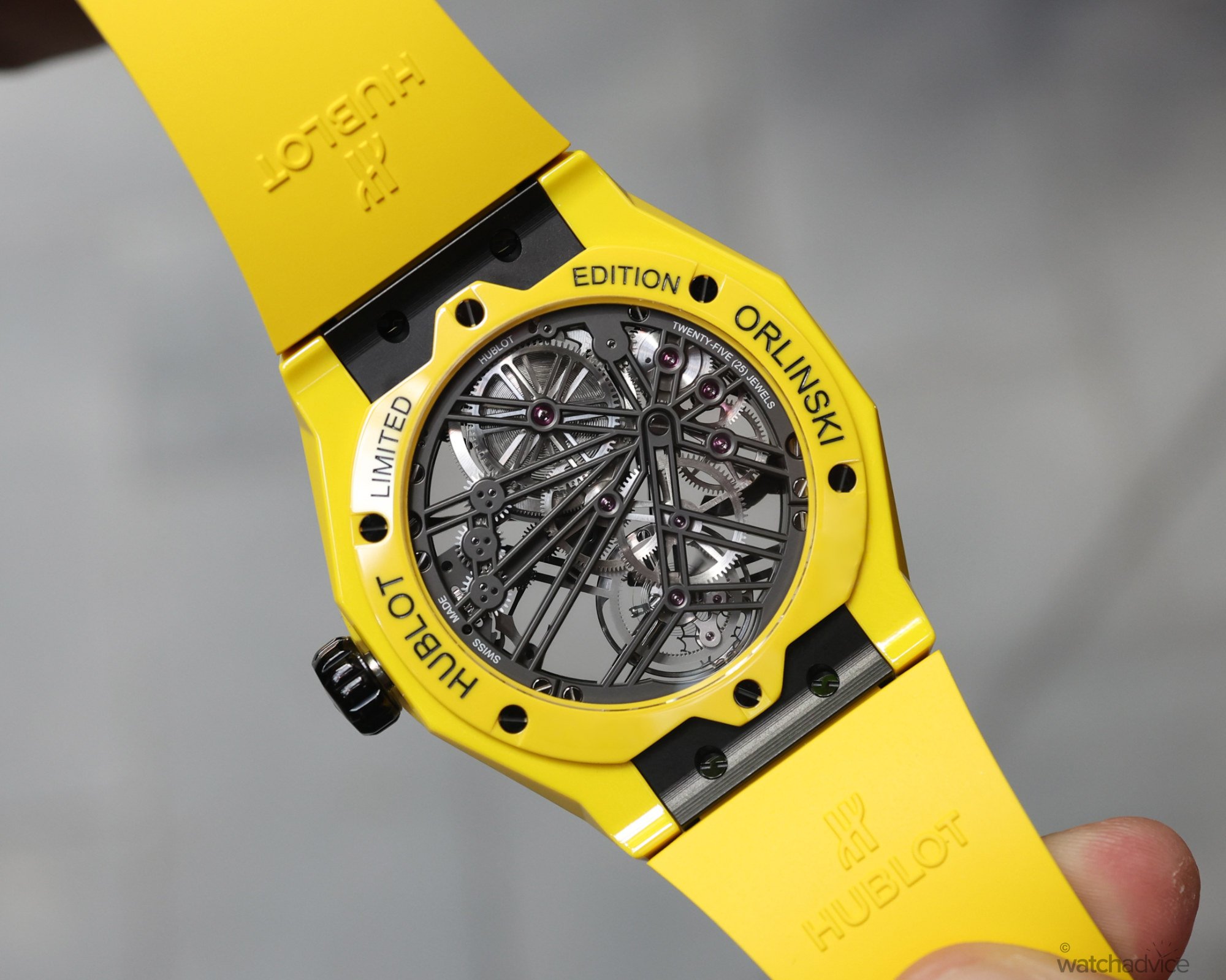
All this means that Hublot is able to transcend watch culture and penetrate other areas of sub-cultural norms. This not only heightens Hublot’s relevancy in those areas but also allows new people to experience the brand and, in turn, exposes the brand to new markets.
You Can’t Have Lovers Without Haters
I’ve said it more than once on here, but the old mantra when it comes to building a brand is that if you try to appeal to everyone, you will appeal to no one. Or in other words, if you want people to love your brand, you will inevitably have haters – it is unavoidable. Hublot is probably one of the most divisive watch brands on the market today for varying reasons. Hublot gained a lot of traction just as social media was taking off, and in the world of social media, positive and negative brand sentiment is amplified tenfold. In my experience (previous life) working in media and brand strategy, negative comments on social always outnumber positive ones, as haters love to hate. Most others don’t bother commenting, so you normally get a very unbalanced view of a brand or product on social media. So take it with a grain of salt.
One criticism we often hear, however, is that Hublot does too many limited editions. Hublot indeed has a penchant for limited editions, but the one thing that helps to drive the luxury market is exclusivity. People want what they can’t have, and this scarcity drives demand. Just look at the last 5 years in the watch world. Yes, this is normalising now, but when it comes to Hublot, due to the nature of the watches they produce, many are limited editions. And is this a bad thing? No, as most of Hublot’s limited editions sell very well and at all price points. But you may be asking, why are there many limited editions?
Scarcity – It Is Not Just A Brand Strategy
Scarcity and hype build demand. In Hublot’s case, it’s not scarcity for the sake of it; there are reasons for this. Yes, luxury uses scarcity very well; if everyone had it, it wouldn’t be as luxurious and would be like anything you could walk into a department store and get. The scarcity factor is, in my mind, due to several reasons. 1 – The complexity of the materials Hublot uses in these pieces, 2 – Collaborations shouldn’t be common, and 3 – Scarcity and hype drive demand! Let me elaborate.
Material Complexity: Many of these limited editions are limited thanks to the unique materials they’re made from and how they are made. Many are in coloured sapphire or ceramic, not in the standard colours or shapes, and others are made from completely new composite materials. As an example, the MP-15 Takashi Murakami Tourbillon Sapphire was limited to 50 pieces and cost A$492,000 due to the complexity and cost of creating a perfectly clear flower-shaped sapphire case with a central tourbillon inside. Did it have trouble selling? No, it essentially sold out not long after release. Another example is the Novak Djokovic Big Bang Unico released late last year, limited to 100 pieces. It was limited due to it being made from Novak’s old tennis racquets and shirts, plus the Unico movement had to be redesigned in this piece using aluminium to reduce the weight and increase the shock absorption. It isn’t the standard production Big Bang.
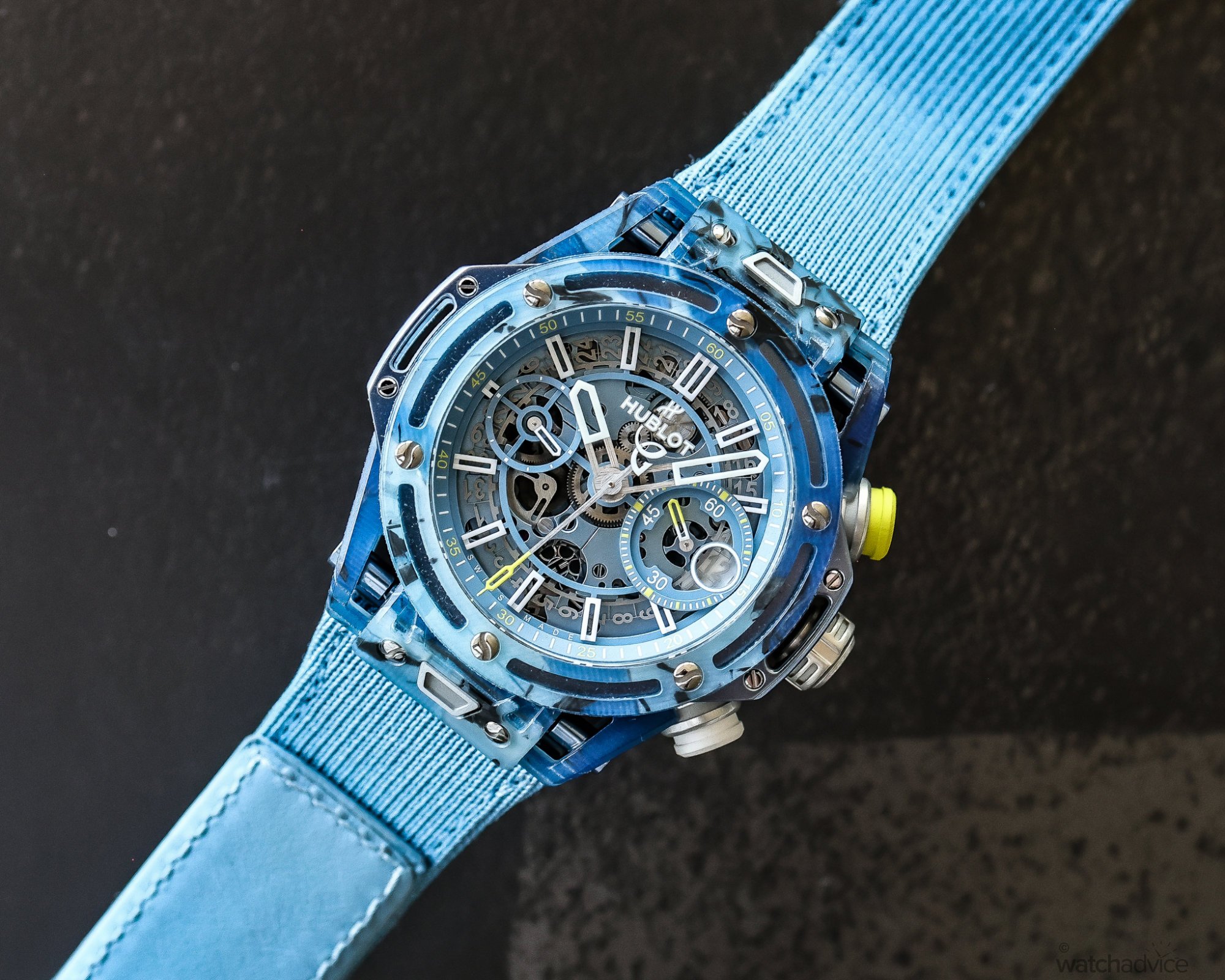

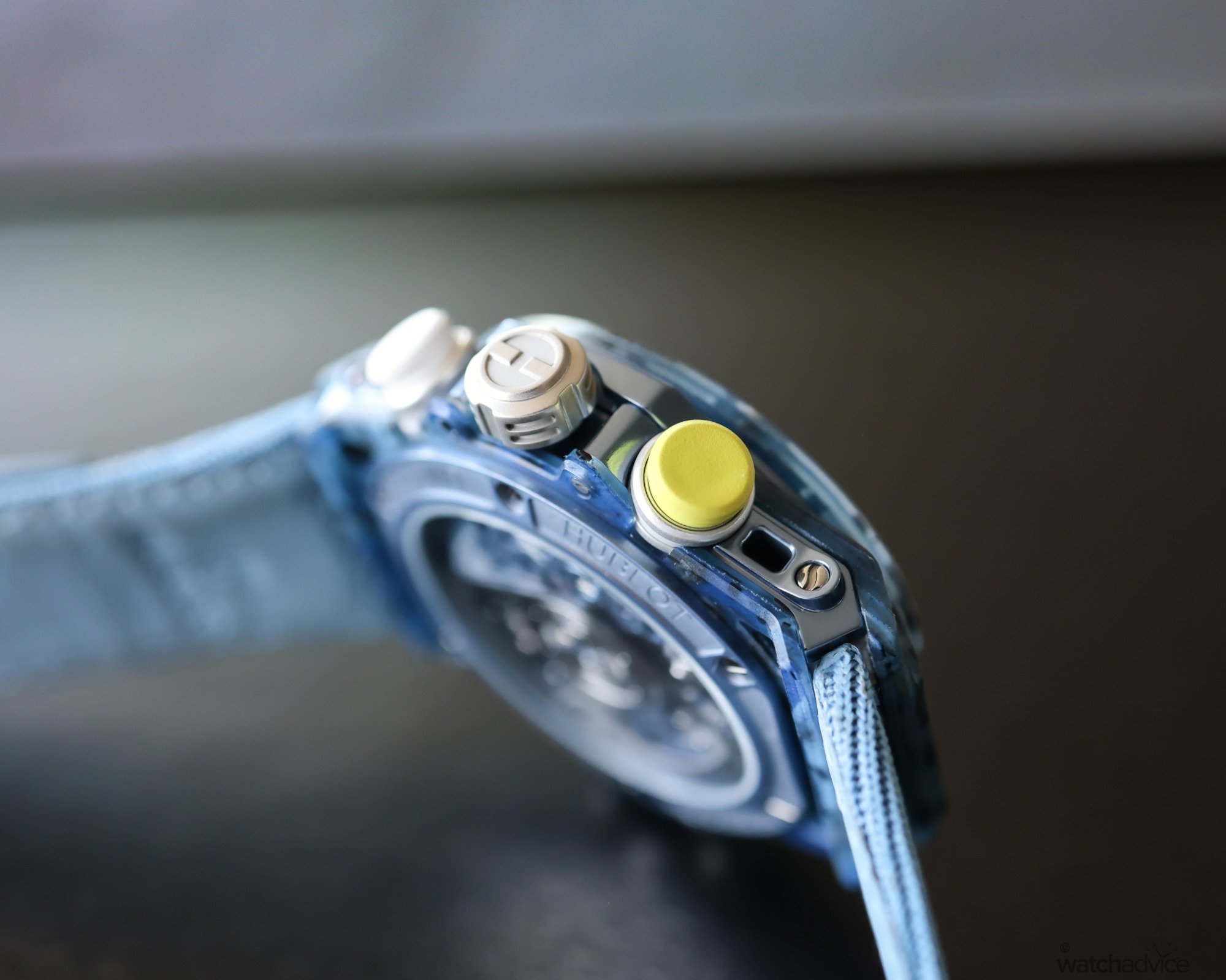
Uncommon Collaborations: This is one of those lessons I talked about from street wear – make it cool, make it exclusive and hard to get. And this is doubly so for those watches done in collaboration with people like Richard Orlinski, Daniel Arsham, or Samuel Ross. They’ve worked hard to create demand for their work, so lending their star power to a brand like Hublot means that Hublot needs to respect this and make those pieces anything but run-of-the-mill. Added to this and many of these pieces also include crazy and hard-to-work-with materials as mentioned above, so not only are you limiting the production number to pay respect to the artist, but also material science will play a big part too.
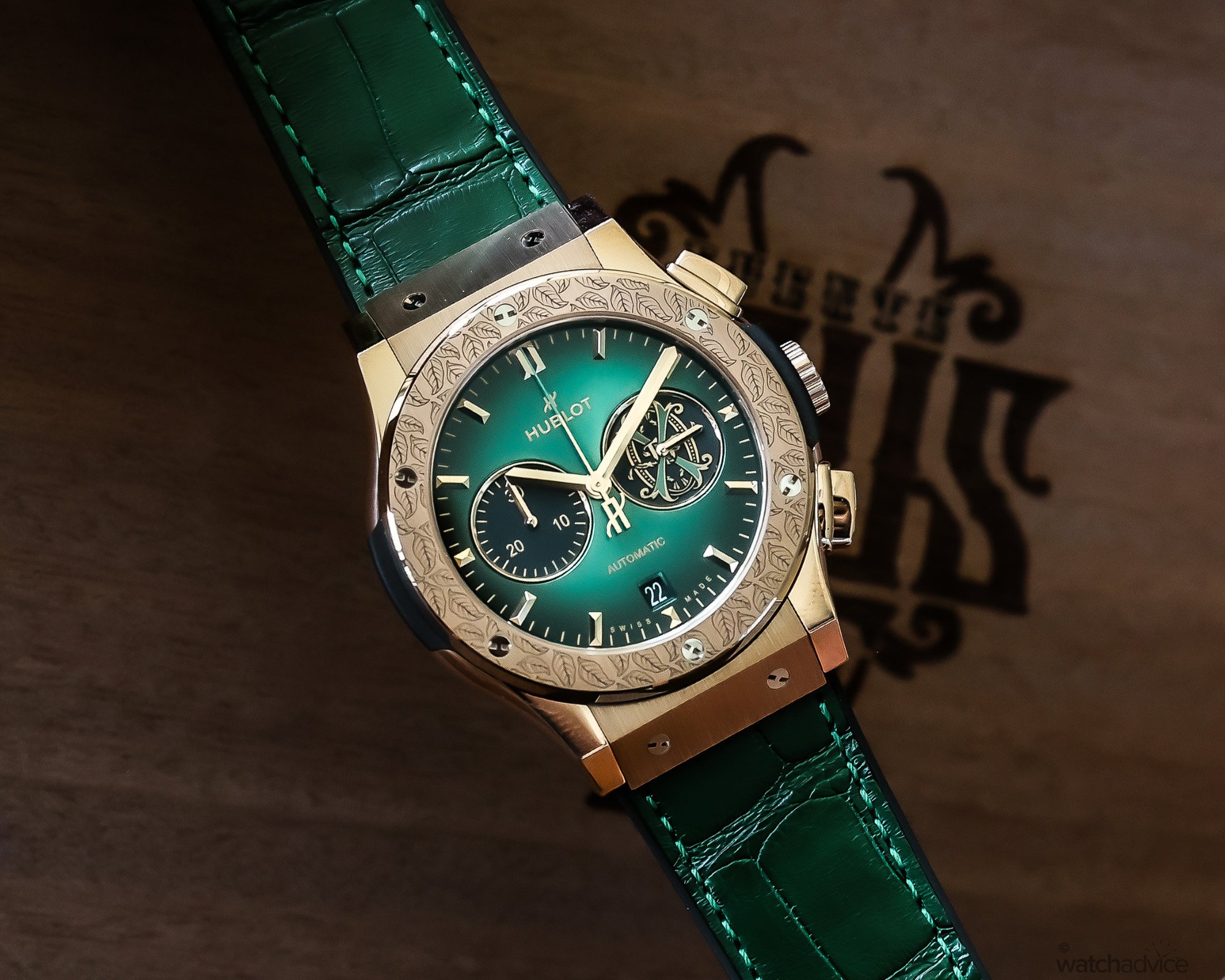
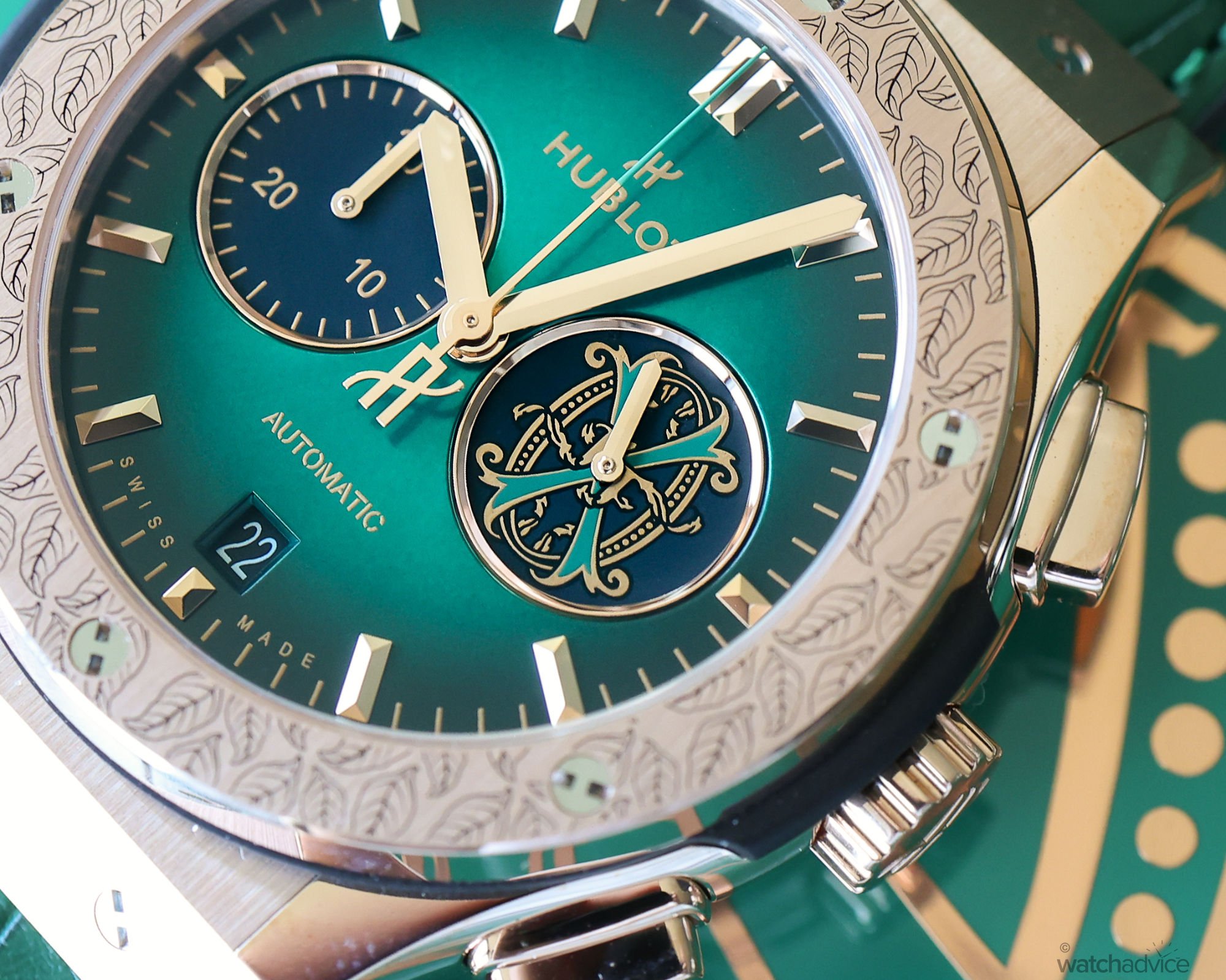
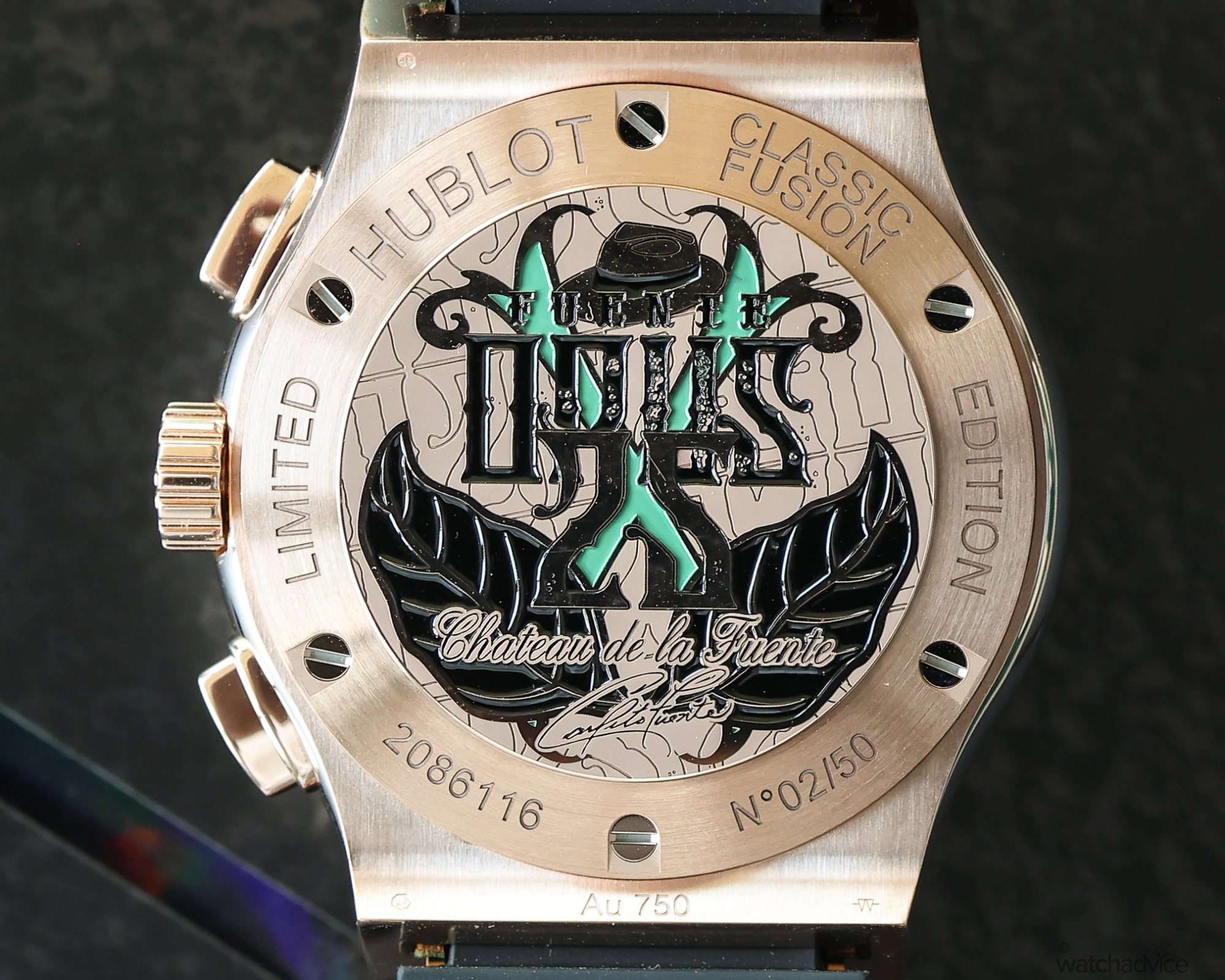
Building Scarcity and Hype: It’s no secret that limited editions help drive demand, especially when it is a piece that is very different or done in collaboration with a personality. Great art is expensive and sought after because of how unique it is. The same could be said for watches. Hublot creates unique pieces that have a cool factor to them, and even if it is a Spirit of Big Bang in Green Ceramic, which is a colour Hublot uses, in a design that is part of the standard catalogue, by combining these and making it limited to 200 pieces, it means that if I purchase it, I know there are only 199 other people in the world that have the same watch. This is appealing to someone like me, who, at my stage of collecting, is now looking for something more unique. I’ve owned most mainstream brands that can be purchased at a boutique or retailer. So for me, and others like me, a watch that you won’t see on everyone’s wrists at a get-together or local cafe is very appealing.
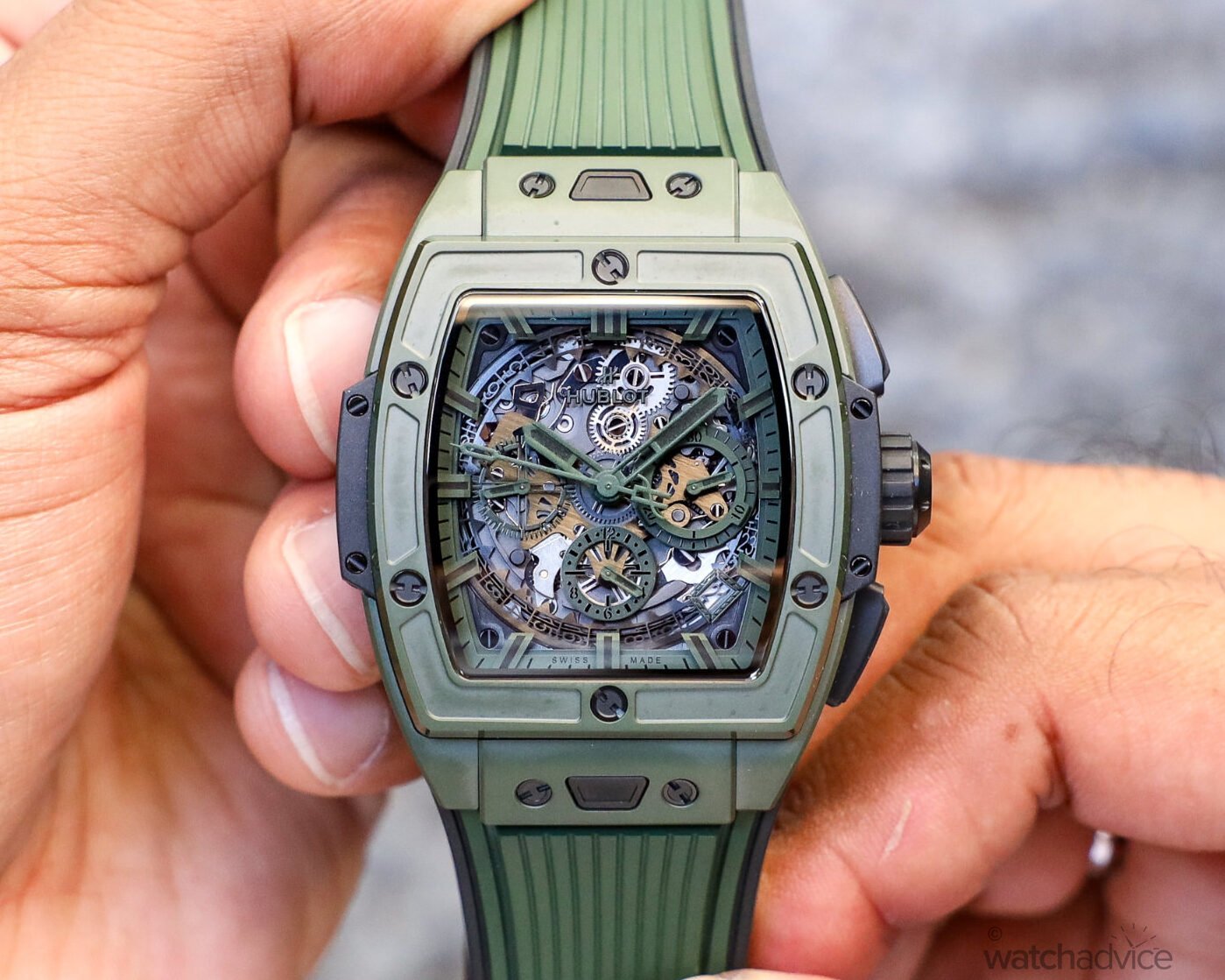
Redefining Luxury
Luxury is many things, and can mean different things to different people. For me, I believe that luxury represents quality, scarcity, price and a representation or extension of who I am. The brands I chose to buy, be they considered luxury or not, normally tick these boxes, and if it is a luxury product, then most definitely so. Heritage and history are a part of this as well, as normally, it is history and heritage that have led a luxury brand to be the way it is today. But history and heritage are not necessarily the underlying factor. New brands can be as much of a luxury product as one that is 200 years old. It’s just a lot less common. But this is where I feel Hublot fits in.
Hublot isn’t trying to sell you on “timelessness.” It’s selling you on nowness. On being seen, connected, and part of the cultural moment. In an age where new generations of buyers value authenticity, collaboration and connection, brands that can tap into this will be successful. Add to this a design language that isn’t rigid, and you have a recipe for success among a growing number of people who may not want to be the “norm”. And when it comes to collectors, Hublot is a brand that may not be the first watch they buy, but when you have a few other watches from brands that are “the norm”, then you start wanting something a little more unique, something that is not seen on everyone’s wrists. A watch that says something a little more about you as an individual.
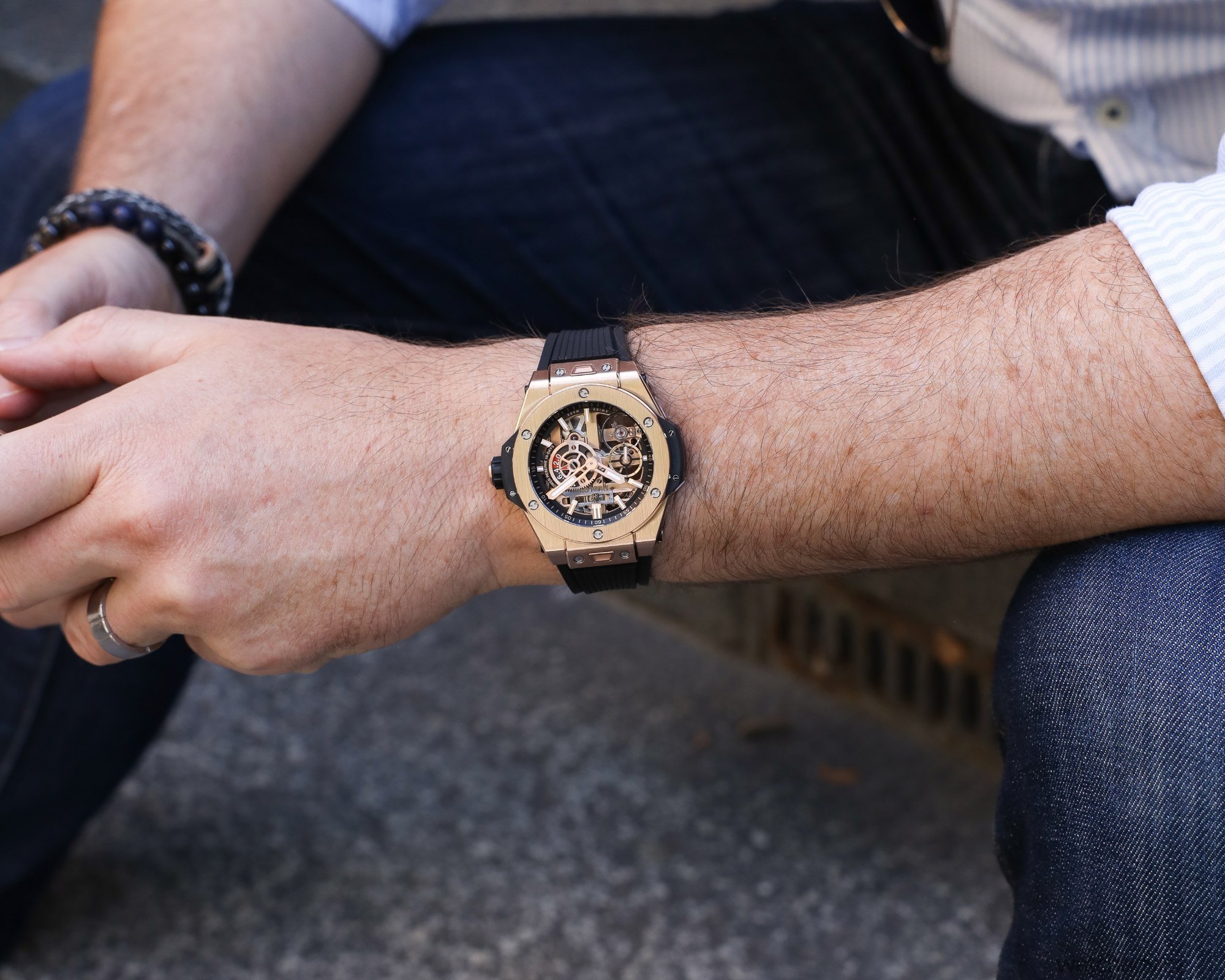
Hublot has 100% embraced the present. Putting my previous life’s brand strategy hat on, Hublot has marketed like a streetwear brand, collaborated like a record label, and sponsored like a global sports powerhouse. In doing so, it has led the way, sometimes a little ahead of its time, but what it has done is force the rest of the watchmaking world to reconsider what luxury means in the 21st century. Whether you’re a fan or a critic, there’s no denying this: Hublot made the watch industry stand up and pay attention as it bucked tradition and did the opposite of what the rest did. Hublot watches are made for the individual, not the masses, for people who want a watch that reflects them personally, not as part of a crowd. And that is true luxury…


